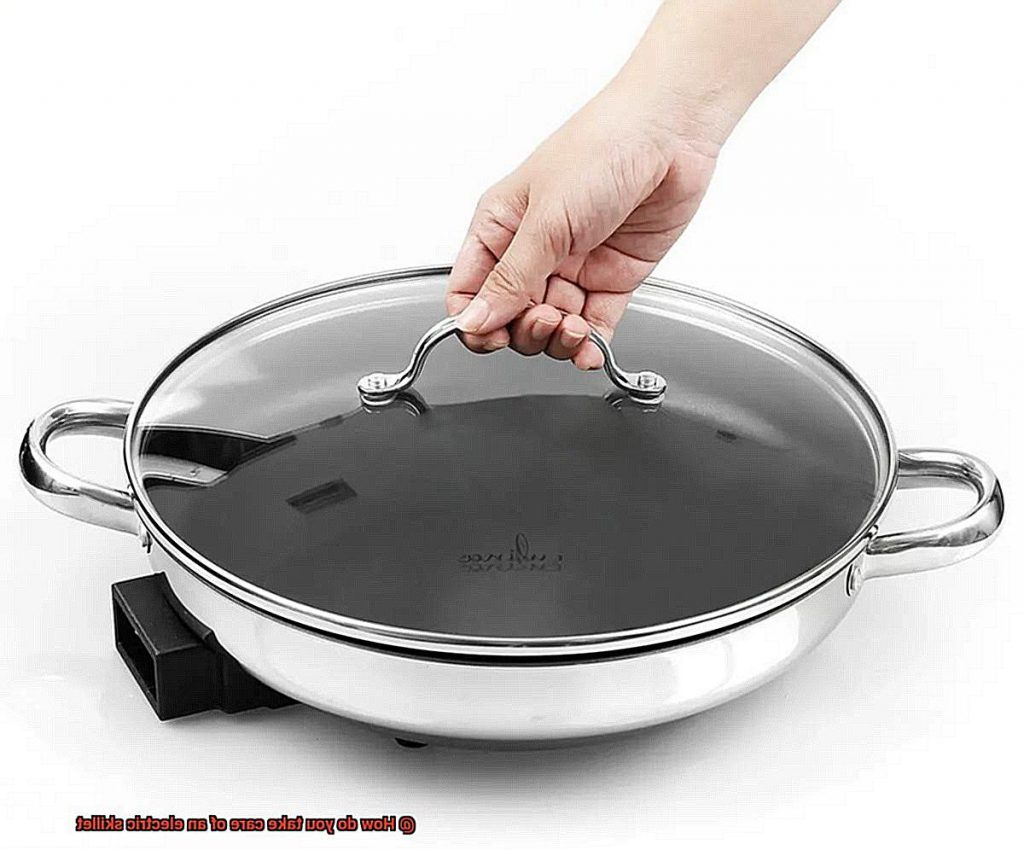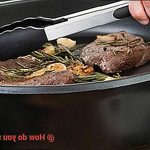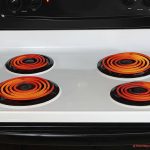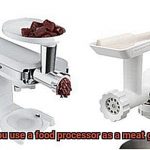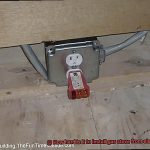Welcome to the wonderful world of electric skillets. These versatile kitchen appliances can help you whip up a storm in the kitchen. From frying and sautéing to grilling, electric skillets are your go-to appliance for all your cooking needs. But, taking good care of your electric skillet is crucial if you want it to last for years.
If you’re new to using an electric skillet, you might be wondering how to take care of it. Don’t worry, we’ve got you covered. In this comprehensive guide, we’ll walk you through the steps that will ensure your electric skillet stays in tip-top shape.
We’ll cover everything from cleaning and temperature control to dos and don’ts when using an electric skillet. Plus, we’ll introduce you to various accessories that can help enhance your skillet’s performance. By following these easy-to-follow tips, you’ll be able to keep your electric skillet in excellent condition.
Whether you’re planning on cooking up a feast or experimenting with new recipes, this guide has everything you need to know about taking care of your electric skillet. So get ready to learn how to make the most out of this amazing appliance.
Contents
What is an Electric Skillet?
It’s time to upgrade to an electric skillet. This versatile kitchen appliance features an electric heating element built into the bottom of a frying pan, allowing for quick and consistent temperature control.
Electric skillets come in various sizes and shapes, including small round ones and large rectangular models. Some even have removable griddle plates, perfect for whipping up delicious breakfast foods like pancakes and bacon.
One of the best things about an electric skillet is its portability. Take it along on camping trips or to potlucks with ease, as long as there’s an electrical outlet available.
Cleaning and maintaining an electric skillet is a breeze thanks to its non-stick cooking surface. After each use, simply wipe it down with a damp cloth or sponge, taking care not to scratch the surface. However, it’s crucial never to submerge the heating element in water.
With proper care and maintenance, an electric skillet can provide years of reliable service. Follow the manufacturer’s instructions closely and avoid overheating the skillet to ensure it lasts for years to come.
Reading the Manufacturer’s Instructions
Before you start cooking up a storm, it’s important to take a moment and read the manufacturer’s instructions. Not only will this save you time and money in the long run, but it will also ensure that you use your skillet safely and effectively.
Safety comes first, and the manufacturer’s instructions will provide you with valuable information on how to use your skillet safely. Remember that your electric skillet has a hot surface that can cause burns if not handled properly. The instructions will provide you with safety warnings and guidelines on how to use the skillet safely, including the use of oven mitts and allowing the skillet to cool down before cleaning.
Assembling an electric skillet can be tricky, but don’t worry – the manufacturer’s instructions provide step-by-step guidance on how to assemble the skillet correctly. Incorrect assembly can result in damage or malfunction, so make sure to follow the instructions closely. This includes attaching the temperature control probe and power cord correctly.
Proper care and maintenance are crucial for your electric skillet’s longevity and performance. Different skillets have different cleaning and maintenance requirements, so it’s important to consult the instructions for your specific model. Neglecting proper care and maintenance can lead to damage or reduced performance over time.
Keeping the Skillet Clean
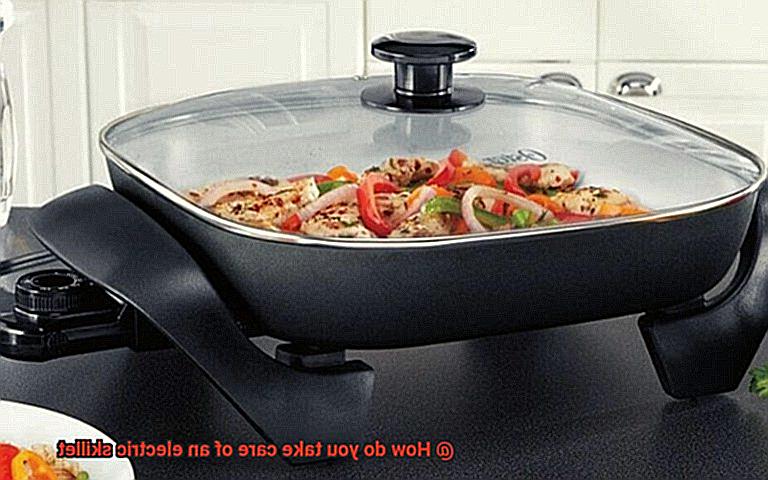
A well-maintained electric skillet not only ensures its longevity but also guarantees that your meals remain free from any unwanted flavors or smells.
Let’s dive into the steps for keeping your electric skillet clean.
Step 1: Cool Down and Remove Debris
It’s crucial to unplug your skillet and let it cool down before cleaning. Once it’s cool, remove any excess food debris with a paper towel or a soft-bristled brush. This step prevents any leftover food from burning onto the skillet’s surface, making it easier to clean later.
Step 2: Use Mild Soap and Warm Water
To clean the interior of the skillet, use a mild dish soap and warm water. Avoid using abrasive cleaners or scrubbers as they can damage the non-stick coating on the skillet. Gently scrub the surface with a soft sponge or cloth to remove any remaining food particles or stains.
Step 3: Clean the Exterior
Don’t forget about cleaning the exterior of your electric skillet. Simply wipe down the outside of the skillet with a damp cloth to remove any dirt or grime.
Step 4: Tackle Stubborn Stains
For stubborn stains, create a paste using baking soda and water. Apply the paste to the stain and let it sit for a few minutes before wiping it away with a damp cloth. This method is effective for removing even the toughest stains without causing any damage to your skillet.
Step 5: Avoid Immersion in Water
Avoid immersing your electric skillet in water as this can damage its electrical components. Instead, use a damp cloth or sponge to clean the skillet thoroughly.
Step 6: Dry Thoroughly
Before storing it away, make sure to dry your skillet thoroughly. Leaving any moisture on the skillet can lead to rust or corrosion, which can damage your appliance over time.
Removing Stubborn Stains and Food Particles
However, stubborn stains and food particles can build up on the surface of your skillet over time, making it look and feel less than optimal. Fear not. As an expert in removing stubborn stains and food particles from electric skillets, I’m here to share some invaluable tips and tricks to help you keep your skillet in tip-top shape.
Before you get started, always ensure that your skillet is unplugged and cooled down. Once you’ve done this, use a spatula or scraper to remove any leftover food particles from the surface. For those tough-to-remove stains, create a paste by mixing baking soda with water. Apply the paste to the affected area and leave it for a few minutes before wiping it away with a soft cloth. Alternatively, vinegar and water can be used as a cleaning solution.
When cleaning your skillet, avoid abrasive cleaners or steel wool as they can scratch the surface of the skillet and damage the non-stick coating. Instead, opt for gentle cleaning solutions and tools that won’t ruin the finish.
If your skillet has removable parts, such as a drip tray or griddle plate, clean them separately using warm soapy water and a soft cloth. Avoid using harsh chemicals or abrasive materials on these parts as well.
By maintaining and cleaning your electric skillet regularly, you’ll not only extend its lifespan but also ensure safe and healthy cooking for you and your family. To recap, here are some essential steps to follow:
- Unplug and cool down your skillet before cleaning.
- Use a spatula or scraper to remove any leftover food particles.
- For stubborn stains, use baking soda or vinegar mixed with water.
- Avoid abrasive cleaners or steel wool.
- Clean removable parts separately using warm soapy water.
- Proper maintenance is crucial for safe and healthy cooking.
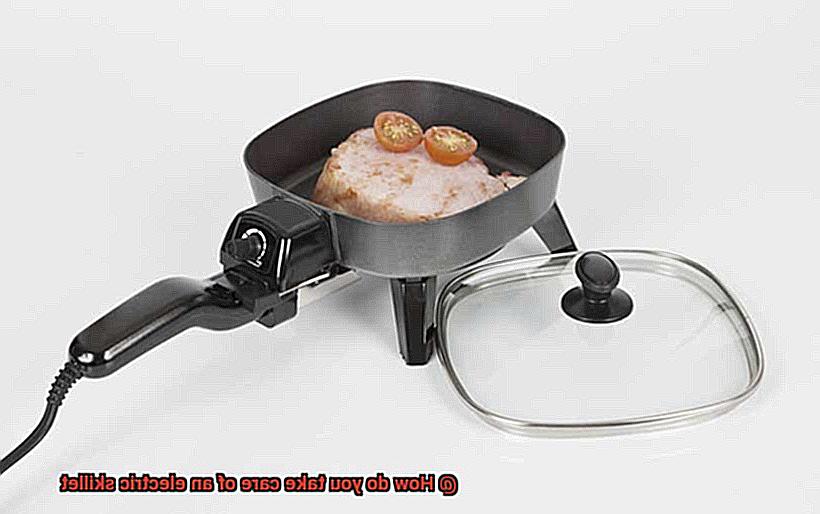
Avoiding Overheating the Skillet
To start, always use the appropriate temperature setting for your recipe. It may be tempting to turn up the heat, but doing so can cause serious damage to your skillet’s non-stick coating or heating element. Stick to the recommended temperature and prevent the risk of overheating.
Next, preheat your skillet properly. Take a few minutes to let it heat up on the desired temperature before adding any food. This allows the heating element to evenly heat up and reduces the risk of overheating.
Monitoring the temperature is also crucial. Keep an eye on the temperature gauge while cooking and adjust accordingly if you notice it getting too high. If necessary, reduce the heat or even turn off the skillet temporarily until it cools down.
Using metal utensils can scratch non-stick surfaces, creating hot spots and leading to overheating. To avoid this, opt for silicone, wood, or plastic utensils instead.
Lastly, never leave your skillet unattended while it’s in use. Always keep an eye on it and avoid leaving it unattended for long periods of time as this increases the risk of overheating.
Temperature Settings and Cooking Times
Cooking with an electric skillet can be a game-changer for your kitchen. But to make the most out of your electric skillet, you need to understand the importance of temperature settings and cooking times.
Temperature settings are the key to cooking success. Different foods require different temperatures to cook correctly, and your electric skillet can provide you with a range of options. Most electric skillets have a temperature range of 200-400 degrees Fahrenheit, which is great for most foods. However, it’s essential to check the manufacturer’s instructions for the recommended temperature range for your specific skillet.
Once you’ve selected the right temperature setting, preheating your electric skillet is crucial before adding any food. This step helps ensure that your food cooks evenly and avoids sticking to the surface. So, turn on your skillet and set the desired temperature. Allow it to heat up for at least five minutes before adding any food.
Cooking times are also essential when using an electric skillet. The time required to cook different types of food varies. For example, meats may take longer to cook than vegetables. Therefore, keep an eye on your food while cooking and adjust the temperature as necessary to avoid overcooking or undercooking.
After cooking, don’t forget to turn off the electric skillet and unplug it from its power source. Once it has cooled down, clean it properly with mild soap and warm water using a soft sponge or cloth. Avoid using abrasive cleaners or immersing the skillet in water as this can damage the non-stick coating.
Storing the Electric Skillet Properly
Don’t worry, as an expert on this topic, I’m here to guide you through the steps needed to keep your electric skillet in top-notch condition for years to come.
First things first – cleanliness is key. Before storing your skillet, make sure it’s thoroughly cleaned and free from any food residue. Unplug it and let it cool down completely. Then, remove the temperature control unit and wash the skillet and lid with warm soapy water. Dry them thoroughly before storing.
Now that your skillet is sparkling clean, it’s time to find the perfect storage spot. Moisture can damage the skillet’s heating element and cause rusting, so it’s crucial to store it in a dry place. Avoid damp basements or garages and opt for a cool, dry area. Additionally, extreme heat can also harm the skillet’s heating element, so steer clear of exposed sunlight or heat sources like ovens or stoves.
When storing your electric skillet, handle it with care. Avoid stacking heavy items on top of the skillet as it can damage the lid or cause dents in the body. If possible, cover the skillet with a cloth or plastic cover to protect it from dust or debris. This will not only keep your skillet clean but also prevent any unwanted scratches or dents.
In summary, proper storage of your electric skillet involves cleaning it thoroughly, finding a cool and dry storage spot, handling it with care, and covering it up if possible. By following these simple steps, you can ensure that your electric skillet stays in good condition and ready to use whenever you need it.
Benefits of Taking Care of an Electric Skillet
If so, it’s important to know that proper care and maintenance are key to getting the most out of this versatile kitchen appliance. Let’s explore the benefits of taking care of your electric skillet.
First and foremost, keeping your electric skillet clean is essential for optimal performance. Over time, food particles and grease can accumulate on the surface, hindering the skillet’s ability to distribute heat evenly. This can result in undercooked or overcooked food, leading to a ruined meal. Additionally, a dirty skillet can produce smoke that can be harmful to your health. By cleaning your electric skillet regularly, you’ll ensure efficient performance and avoid potential health hazards.
In addition to keeping your electric skillet clean, regular maintenance can help prevent rust and corrosion from developing on the surface. Rust spots not only look unsightly but can also affect the skillet’s performance. If left unchecked, rust can spread and cause irreversible damage to the appliance. By taking care of your electric skillet, you’ll not only preserve its appearance but also prolong its lifespan.
Another benefit of maintaining your electric skillet is cost savings in the long run. By investing time in cleaning and maintenance, you reduce the risk of breakdowns or malfunctions that may require costly repairs or replacement. When you take good care of your electric skillet, you’re essentially investing in its longevity and reducing the need for expensive replacements down the road.
Moreover, proper care of your electric skillet ensures that you always have a reliable appliance to use for cooking. You won’t have to worry about unexpected breakdowns or malfunctions when you need to prepare a meal quickly. By taking care of your electric skillet, you’re ensuring that it remains a valuable tool in your kitchen arsenal.
Lastly, taking care of your electric skillet is an important safety measure. A dirty or malfunctioning appliance can pose a fire hazard in your kitchen. Proper maintenance reduces the risk of accidents and ensures that your kitchen remains a safe environment for cooking. By taking care of your electric skillet, you’re not only protecting your investment but also ensuring the safety of yourself and your loved ones.
kqA4itLG_lg” >
Conclusion
To sum it up, an electric skillet is a versatile and essential appliance in any kitchen. However, proper care and maintenance are crucial to ensure its longevity and optimal performance. Following the manufacturer’s instructions closely and avoiding overheating the skillet are key factors in keeping it in tip-top shape.
Keeping your electric skillet clean is a breeze thanks to its non-stick surface. Simply use mild soap and warm water, avoid abrasive cleaners or steel wool, and dry it thoroughly before storing it. By doing so, you’ll keep your skillet looking like new for years to come.
Proper temperature control and cooking times are also vital when using an electric skillet. Scratching the non-stick surface with metal utensils can create hot spots that lead to overheating. Therefore, it’s best to opt for silicone, wood, or plastic utensils instead.
By taking good care of your electric skillet regularly, you’ll not only extend its lifespan but also ensure safe and healthy cooking for you and your loved ones. Proper maintenance reduces the risk of accidents and guarantees a safe environment for cooking.
In summary, investing time in cleaning and maintenance is a small price to pay compared to costly repairs or replacements down the road.

